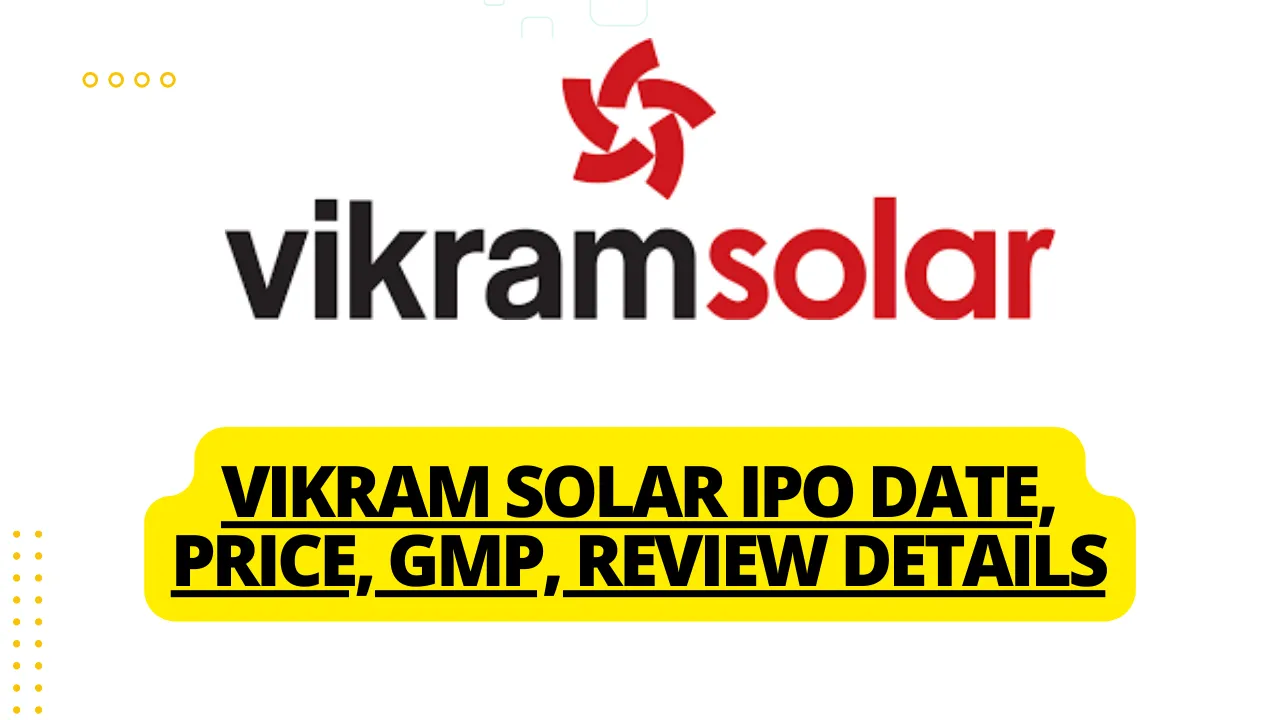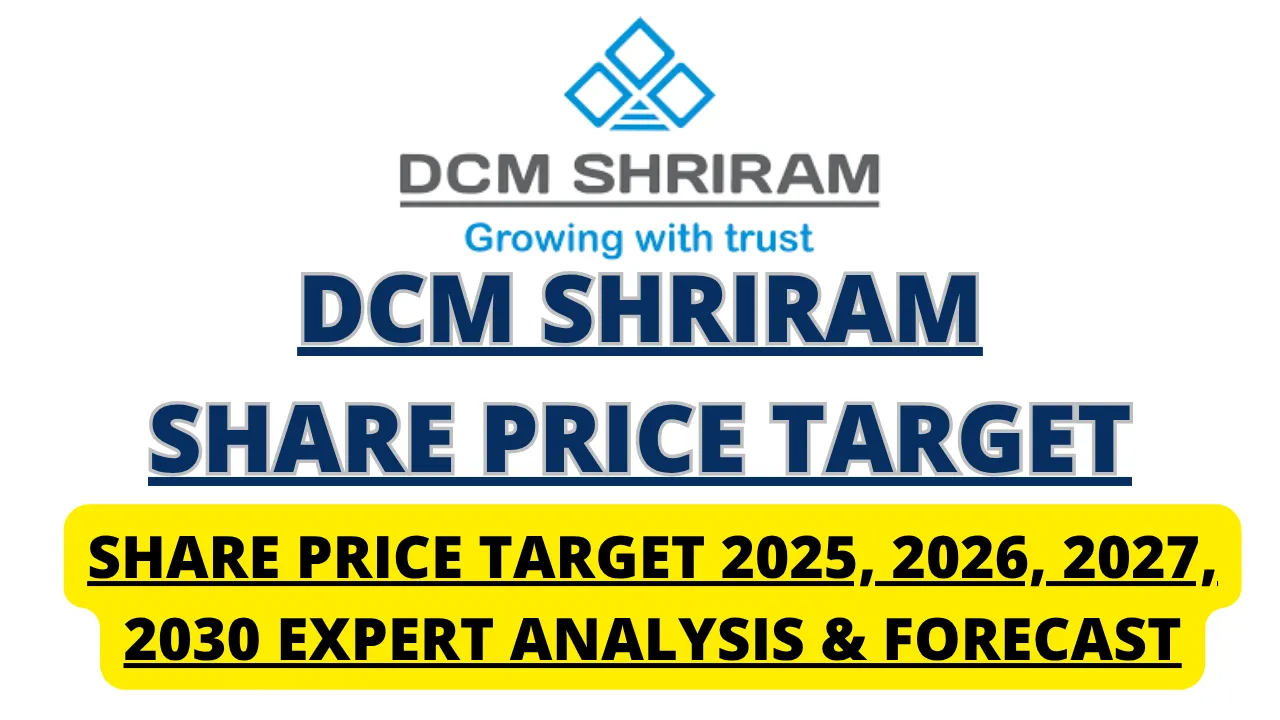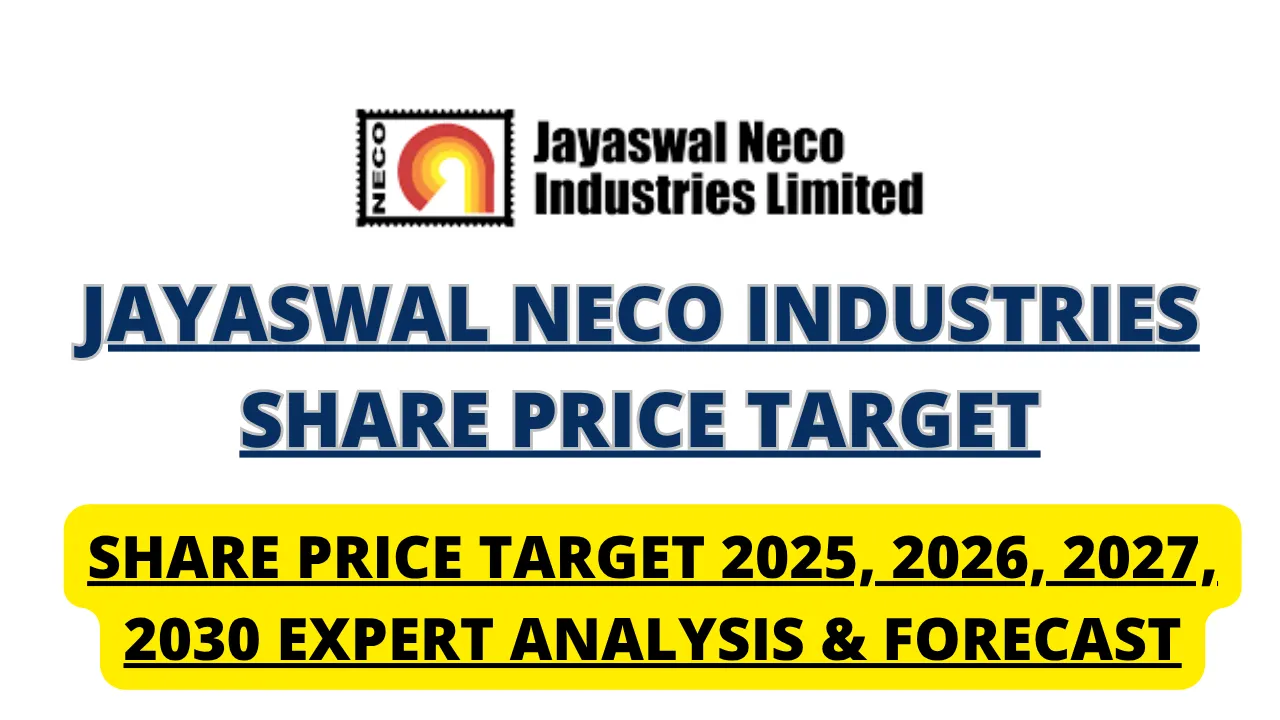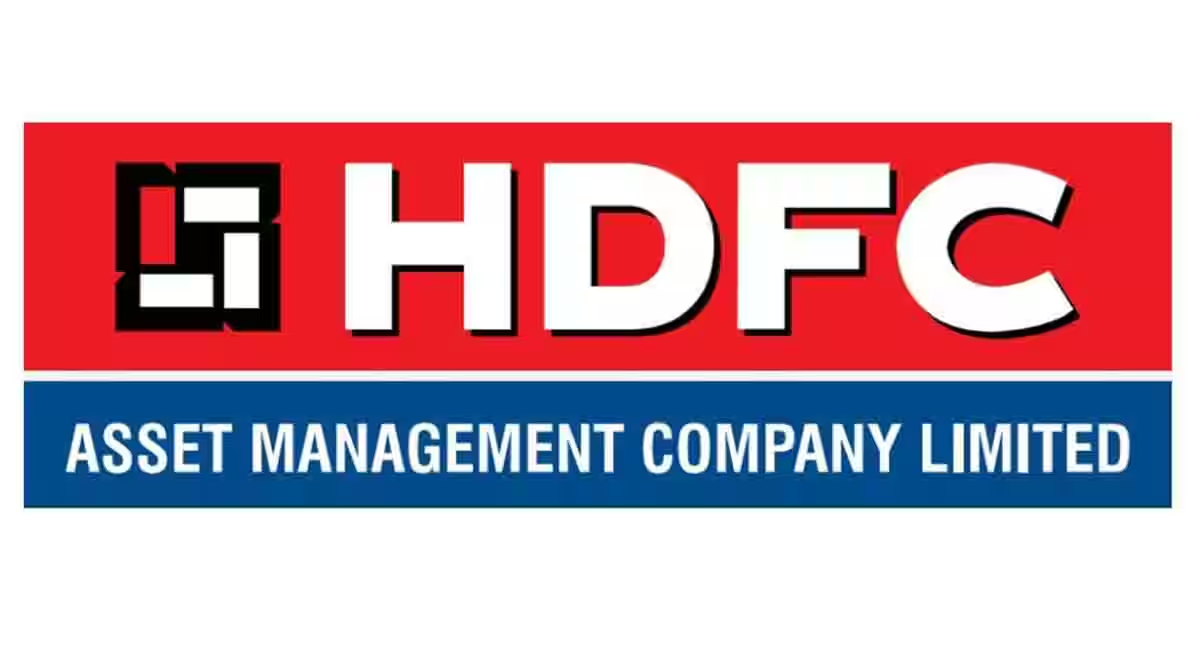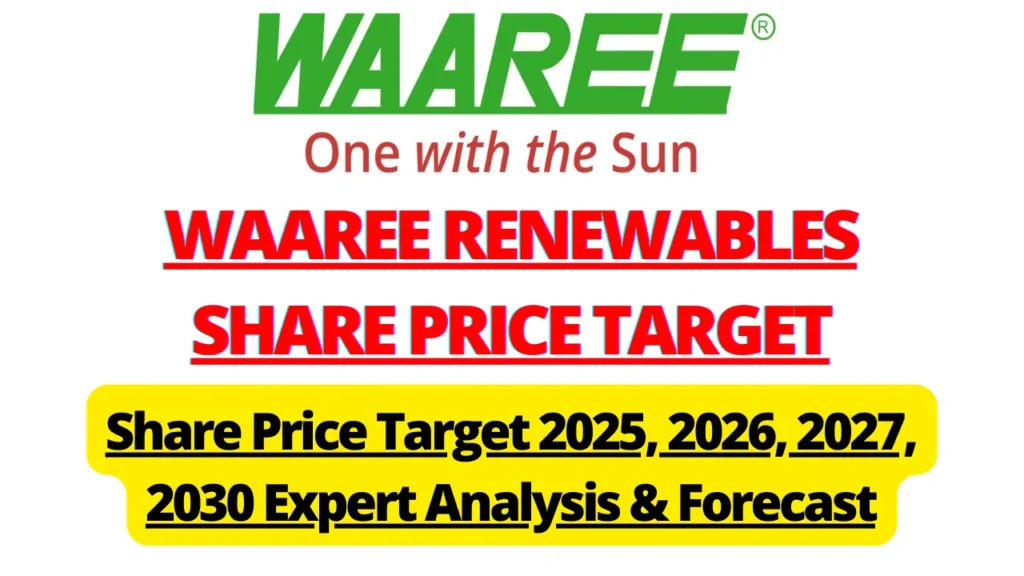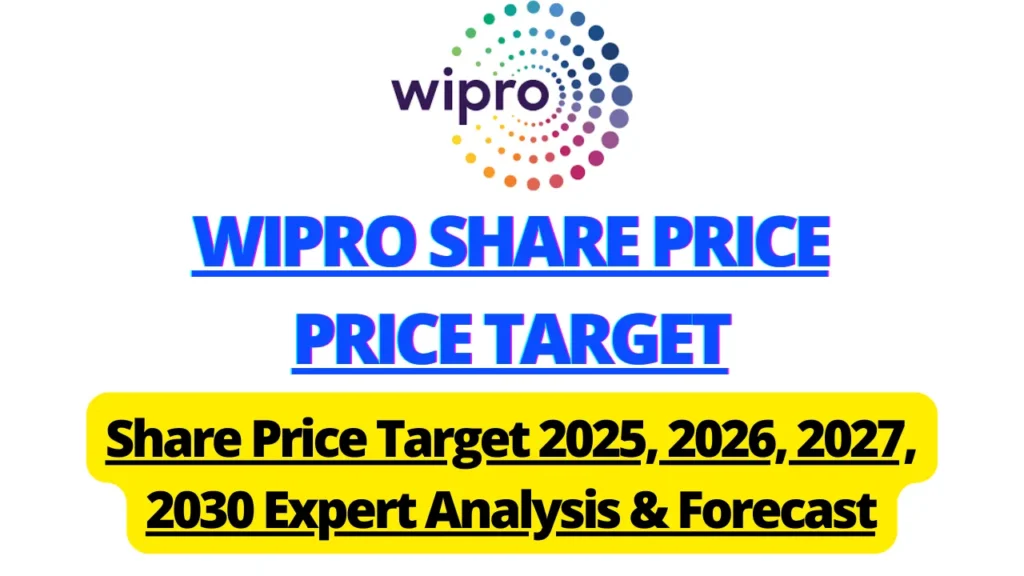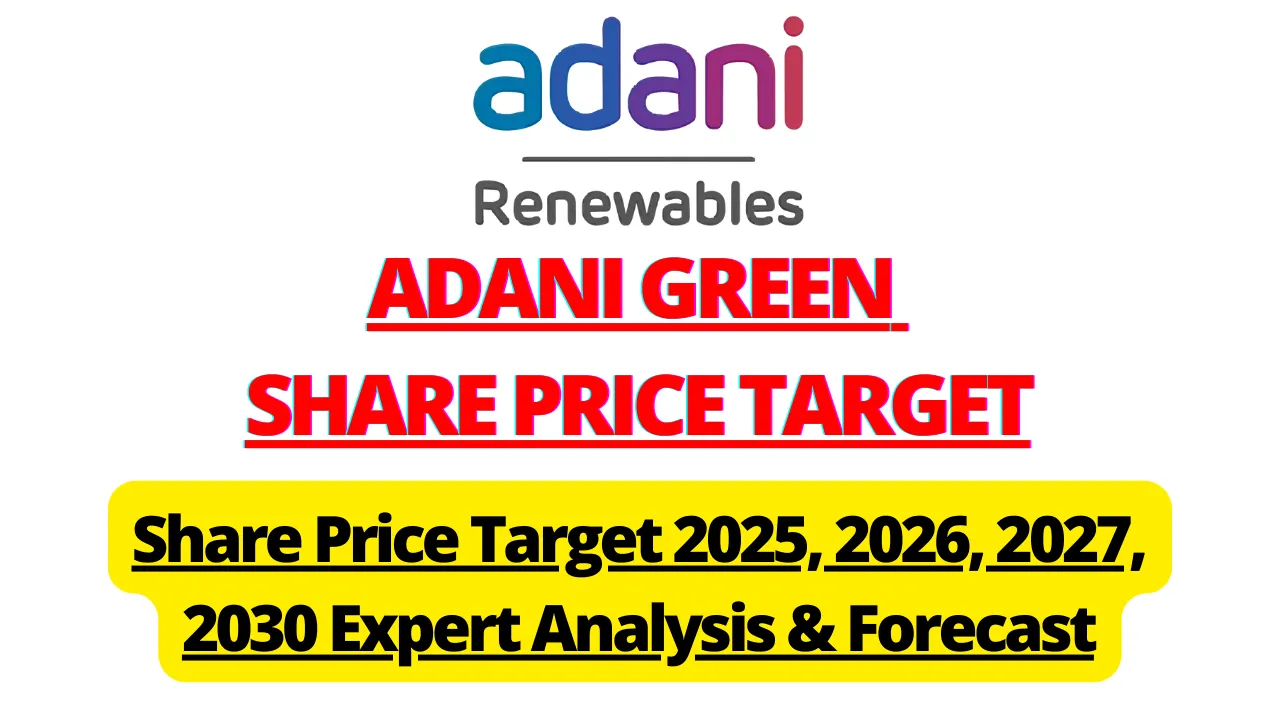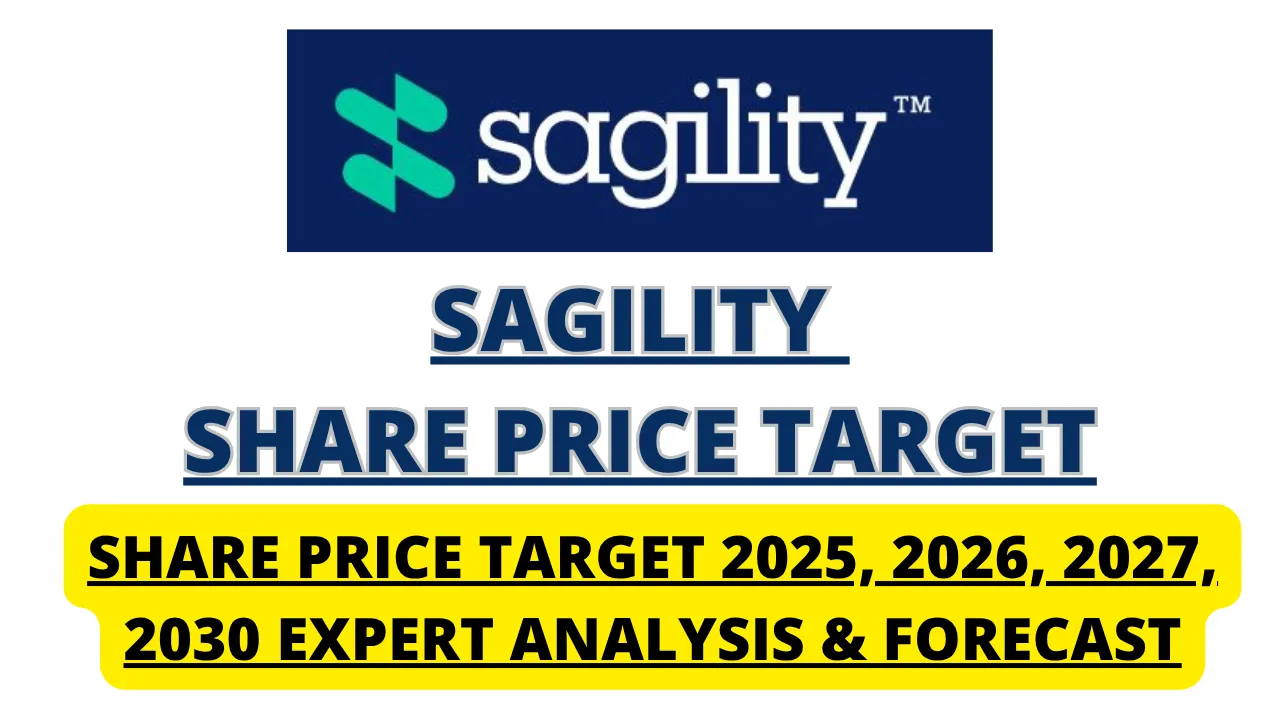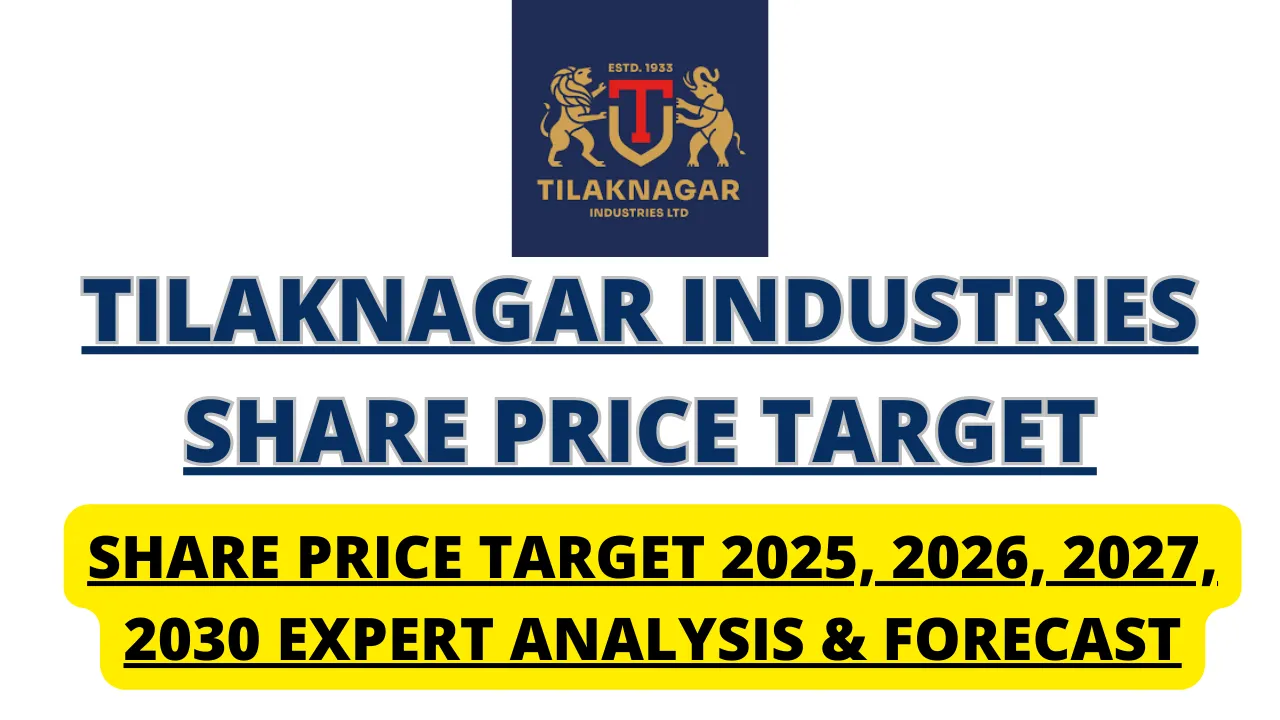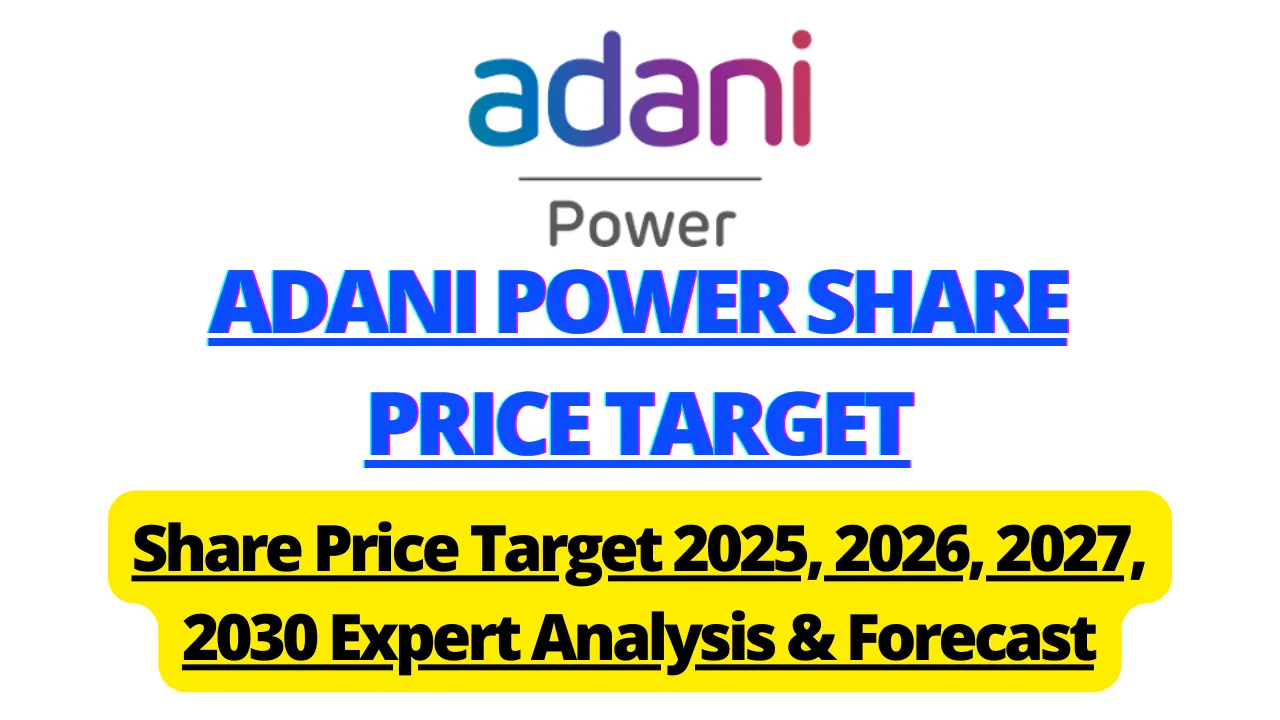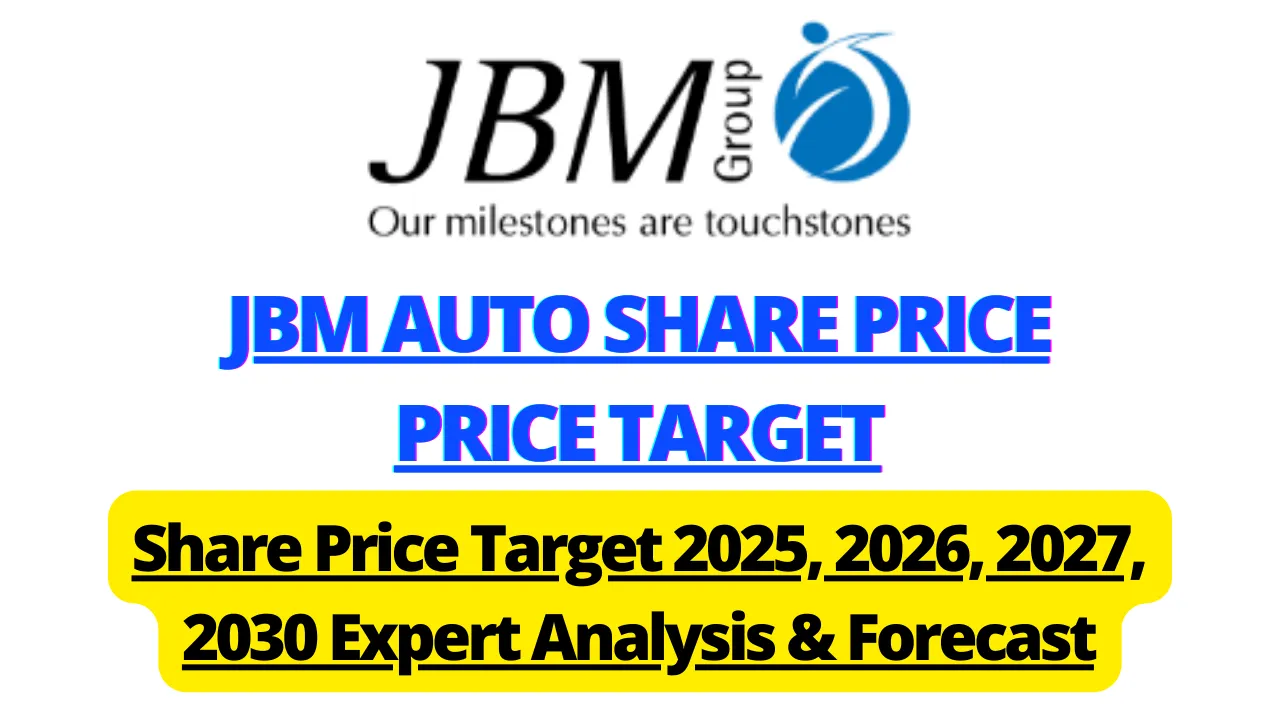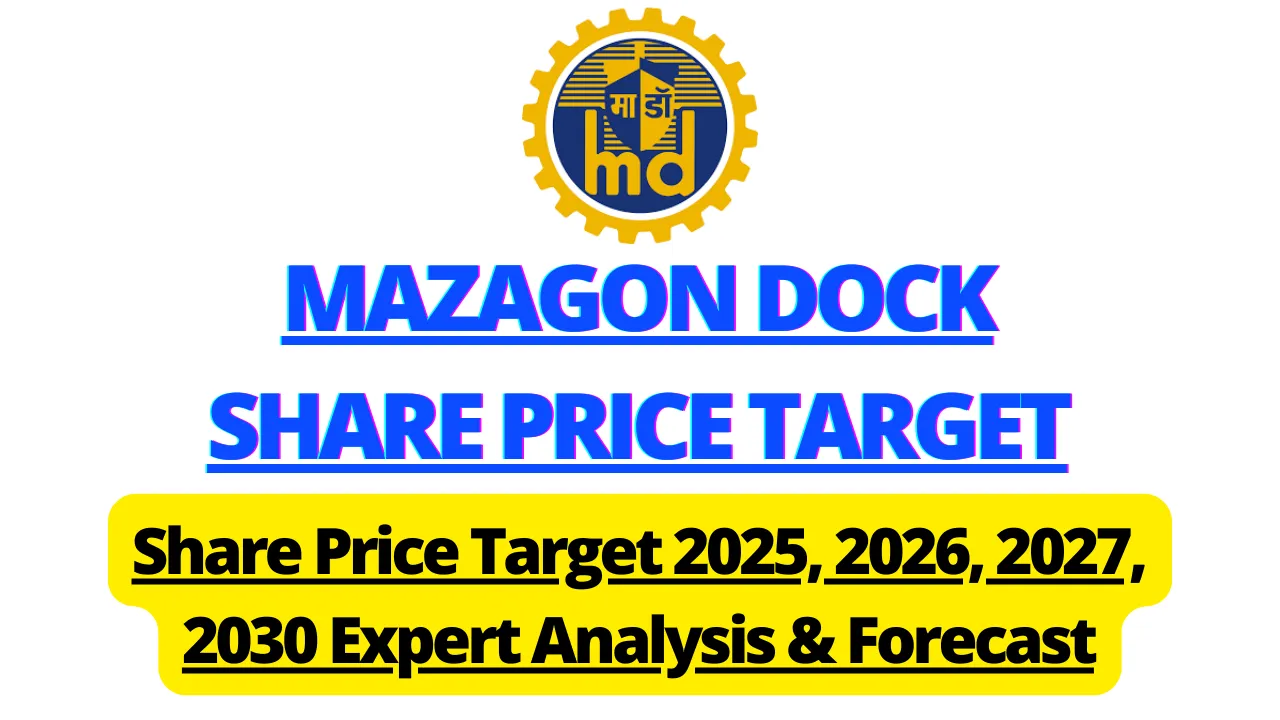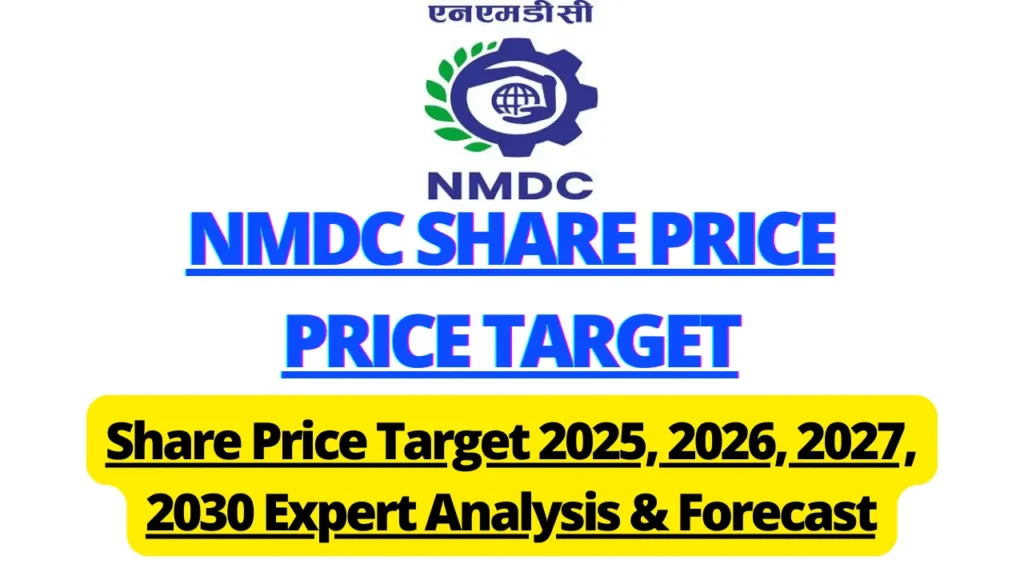Vikram Solar IPO Date, Price, GMP, Review Details; Vikram Solar, one of India’s largest integrated solar energy solution providers, is gearing up for its much-anticipated Initial Public Offering (IPO) to raise significant capital for its ambitious expansion plans. The company has set a price band of ₹315 to ₹332 per equity share, which is already catching the attention of retail and institutional investors. The IPO will open for subscription on August 19, 2025, and will close on August 21, 2025. This issue will consist of a fresh equity share issue worth ₹1,500 crore and an Offer for Sale (OFS) of shares worth ₹579 crore by existing shareholders, taking the total issue size to around ₹2,079 crore. The listing is proposed on both the BSE and NSE, with an expected listing date of August 26, 2025.
Vikram Solar IPO Overview Table
| Parameter | Details |
|---|---|
| IPO Opening Date | August 19, 2025 |
| IPO Closing Date | August 21, 2025 |
| Price Band | ₹315 – ₹332 per share |
| Total Issue Size | ₹2,079 crore |
| Fresh Issue | ₹1,500 crore |
| Offer for Sale (OFS) | ₹579 crore |
| Minimum Lot Size | 45 shares (~₹14,940 at upper band) |
| Allotment Date | August 22, 2025 |
| Listing Date | August 26, 2025 |
| Exchanges | BSE and NSE |
| Retail Quota | 35% |
| QIB Quota | 50% |
| HNI Quota | 15% |
| Registrar | MUFG Intime India Private Limited |
| Lead Managers | JM Financial, Nuvama Wealth, UBS Securities India, Equirus Capital, PhillipCapital |
About Vikram Solar
Founded in 2005 and headquartered in Kolkata, Vikram Solar is recognized as one of the top solar module manufacturers in India. The company specializes in producing high-efficiency PV modules, implementing engineering, procurement, and construction (EPC) services for solar projects, and providing operations and maintenance (O&M) services. It serves a wide customer base, including utility-scale project developers, commercial and industrial consumers, and government entities. Vikram Solar has built a strong reputation for adopting cutting-edge technology such as TOPCon and HJT cells, ensuring better efficiency and durability. With over 3.5 GW of module manufacturing capacity and a robust EPC portfolio, the company is strategically positioned to benefit from India’s renewable energy push.
Objective of the IPO
The main objective of the IPO is to fund the setting up of a greenfield manufacturing facility in Tamil Nadu, which will include 3 GW of solar cell capacity and 3 GW of module capacity. This large-scale capacity addition will help Vikram Solar reduce dependency on imported cells, improve cost efficiency, and strengthen its market position. Approximately ₹769 crore from the IPO proceeds will go towards this project’s first phase, while the rest will be used for working capital requirements and other corporate purposes. This backward integration strategy is crucial for long-term sustainability in the solar manufacturing industry, especially given the government’s push for domestic production under the Production Linked Incentive (PLI) scheme.
Vikram Solar IPO Market Lot
| Application Type | Lot Size | Shares | Amount (₹) |
|---|---|---|---|
| Retail Minimum | 1 | 45 | ₹14,940 |
| Retail Maximum | 13 | 585 | ₹1,94,220 |
| S-HNI Minimum | 14 | 630 | ₹2,09,160 |
| B-HNI Minimum | 67 | 3,015 | ₹10,00,980 |
Market Sentiment and Grey Market Premium (GMP)
The Grey Market Premium (GMP) is often seen as an early indicator of market sentiment towards an IPO. Although the GMP for Vikram Solar is yet to stabilize, initial market discussions indicate a premium in the range of 5% to 10% over the upper price band. A strong and rising GMP closer to the listing date could reflect robust investor demand, while a declining GMP may signal caution. However, investors should remember that GMP is unofficial, unregulated, and speculative in nature.
Why Pricing Strategy Matters
One notable aspect of Vikram Solar’s IPO is the decision to set the price band about 14% lower than its current unlisted market price of around ₹385. This approach could be aimed at ensuring healthy subscription levels and encouraging participation from all investor categories. By offering the shares at a discount to the perceived market value, the company is positioning itself to achieve both successful fundraising and positive listing momentum.
Financial Performance
Vikram Solar has demonstrated steady growth in revenue over the past few years. In FY2024, the company reported revenue exceeding ₹2,500 crore. However, net profit margins have remained relatively tight, which is common in the competitive solar manufacturing industry. Efficient cost management, expansion in high-efficiency product lines, and government incentives could help improve profitability in the coming years. The post-IPO financial trajectory will be critical in determining long-term investor confidence.
Growth Drivers
Several factors make Vikram Solar’s IPO appealing to investors:
- Strong Industry Outlook – India’s solar capacity installation is expected to grow rapidly in the next decade, driven by the government’s target of 500 GW renewable energy capacity by 2030.
- Domestic Manufacturing Push – Government incentives and anti-dumping duties on imported solar equipment create opportunities for domestic producers.
- Technological Edge – Adoption of advanced PV cell technologies like TOPCon and HJT can lead to higher efficiency and better product differentiation.
- Diversified Client Base – Serving utility, commercial, industrial, and residential segments reduces dependency on any single market.
- Expansion Plan – The Tamil Nadu facility will significantly increase manufacturing capacity, potentially doubling revenues in the medium term.
Risks and Challenges
Investors should also consider potential challenges before subscribing:
- Execution Risks – Setting up a large-scale manufacturing plant involves significant time, cost, and supply chain coordination.
- Policy Risks – Any changes in solar energy subsidies, import duties, or renewable energy policies could impact demand.
- Competition – Domestic and global solar manufacturers are aggressively expanding, which could pressure margins.
- Commodity Price Volatility – Fluctuations in raw material prices, especially polysilicon, can impact manufacturing costs.
Vikram Solar IPO Company Financial Performance
Vikram Solar has shown consistent financial growth over the last four years, reflecting its expanding operations and market reach in the renewable energy sector. In FY2025, the company reported revenue of ₹3,459.53 crores, up from ₹2,523.96 crores in FY2024, representing a strong year-on-year growth. Profit after tax also increased to ₹139.83 crores in FY2025 from ₹79.72 crores in FY2024, highlighting improved operational efficiency and profitability.
Vikram Solar Financial Performance (₹ in Crores)
| Period Ended | Revenue | Expense | Profit After Tax | Assets |
|---|---|---|---|---|
| 2022 | ₹1,743.05 | ₹1,822.49 | ₹62.94 | ₹2,237.23 |
| 2023 | ₹2,091.91 | ₹2,073.04 | ₹14.49 | ₹2,476.29 |
| 2024 | ₹2,523.96 | ₹2,405.04 | ₹79.72 | ₹2,585.50 |
| 2025 | ₹3,459.53 | ₹3,242.16 | ₹139.83 | ₹2,832.15 |
This consistent rise in revenue and profitability suggests that Vikram Solar is not only scaling operations but also managing costs effectively. The company’s asset base has also grown steadily, which indicates a solid foundation for future expansion.
Vikram Solar IPO Valuation – FY2025
Investors should also consider the valuation metrics before making any decision. For FY2025, Vikram Solar has reported a Return on Equity (ROE) of 16.57% and a Return on Capital Employed (ROCE) of 24.49%, both reflecting strong returns compared to industry averages. The EBITDA margin stands at 14.37%, while the Profit After Tax (PAT) margin is 4.08%, indicating a balanced approach between revenue growth and cost management. The company’s debt-to-equity ratio is relatively low at 0.19, which shows a conservative approach towards debt.
Vikram Solar IPO Valuation Metrics
| KPI | Values |
|---|---|
| ROE | 16.57% |
| ROCE | 24.49% |
| EBITDA Margin | 14.37% |
| PAT Margin | 4.08% |
| Debt to Equity Ratio | 0.19 |
| Earnings Per Share (EPS) | ₹4.61 (Basic) |
| Price/Earning (P/E) Ratio | N/A |
| Return on Net Worth (RoNW) | 11.26% |
| Net Asset Value (NAV) | ₹39.24 |
These figures show that Vikram Solar is operating efficiently and is well-positioned to generate shareholder value. A strong ROCE above 20% indicates that the capital invested is being used effectively, which is a good sign for long-term investors.
How to Approach This IPO
To make an informed decision, investors should track daily subscription data, particularly in the Qualified Institutional Buyers (QIB) category, as strong institutional participation often indicates confidence in the company’s fundamentals. Monitoring GMP trends is useful for gauging listing day sentiment but should not be the sole basis for investment. Long-term investors should focus on Vikram Solar’s capacity expansion execution, technology adoption, and margin improvement over the next few quarters post-listing.
Expert View
Market analysts are optimistic about the prospects of Vikram Solar, citing its strong market position, expansion plans, and alignment with India’s renewable energy mission. However, they also highlight the need for prudent execution of the Tamil Nadu facility and the importance of maintaining cost competitiveness against Chinese manufacturers, who dominate global solar exports.
Conclusion
The Vikram Solar IPO offers an attractive proposition for investors seeking exposure to India’s growing renewable energy sector. With a reasonable price band, clear expansion strategy, and government policy support, the company has the potential to deliver long-term value. Nevertheless, as with any IPO, investors should weigh both opportunities and risks, and align their decisions with their investment horizon and risk tolerance. Those looking for listing gains should track subscription and GMP trends, while long-term investors may view this as a chance to participate in a sector poised for significant growth over the next decade.
